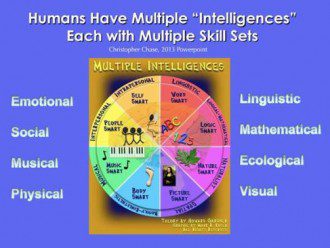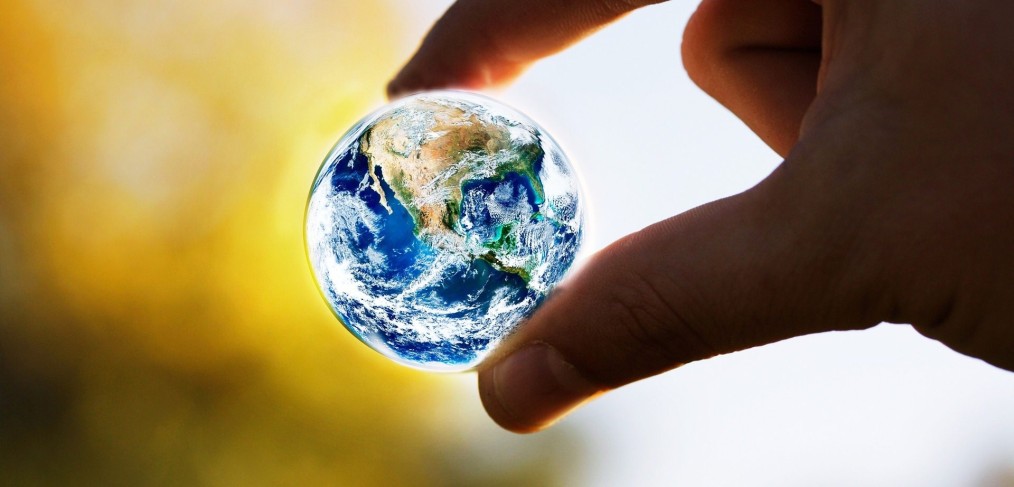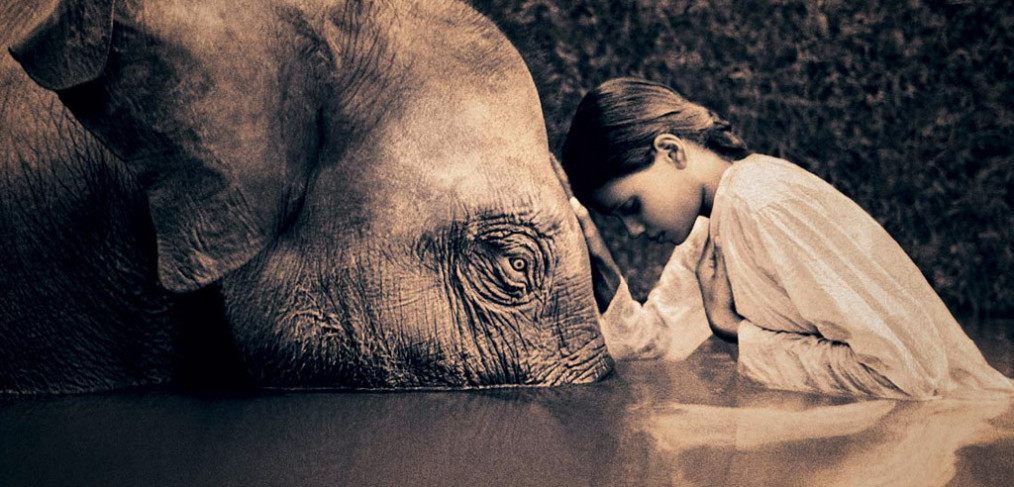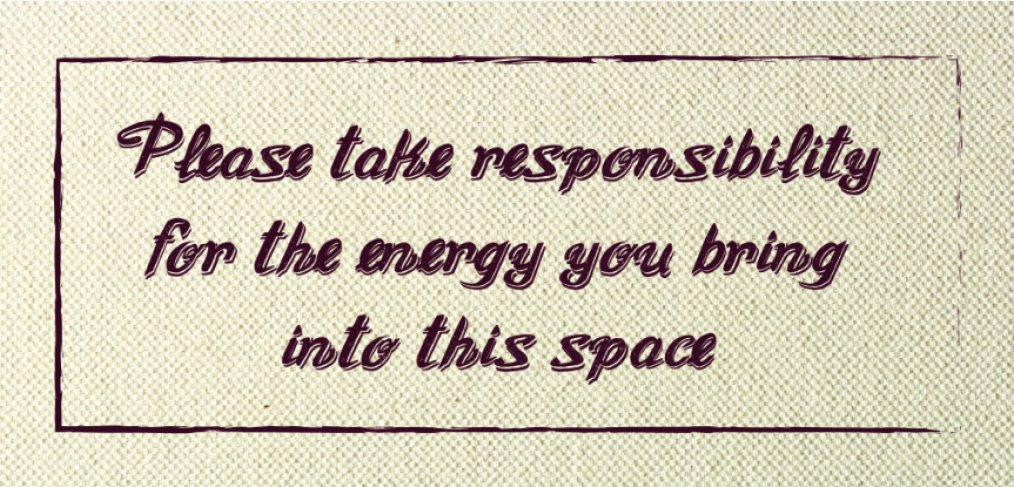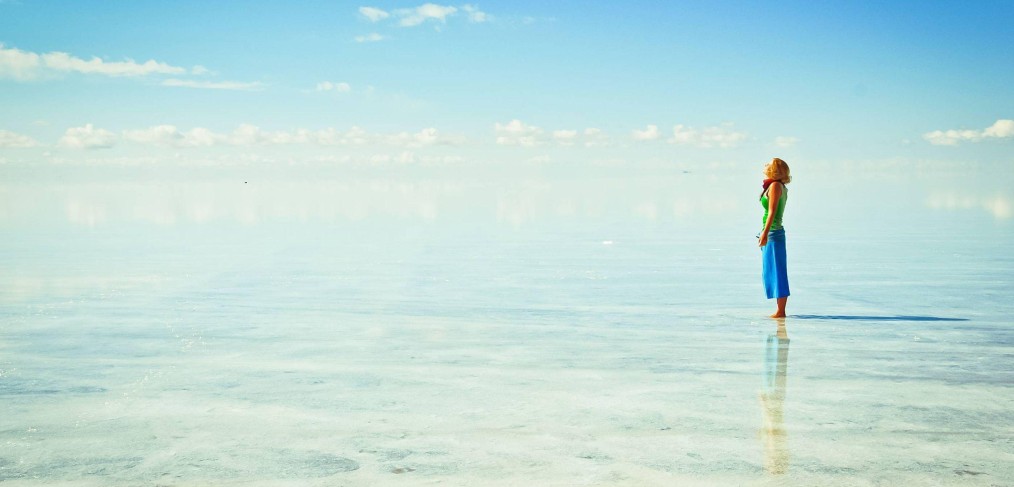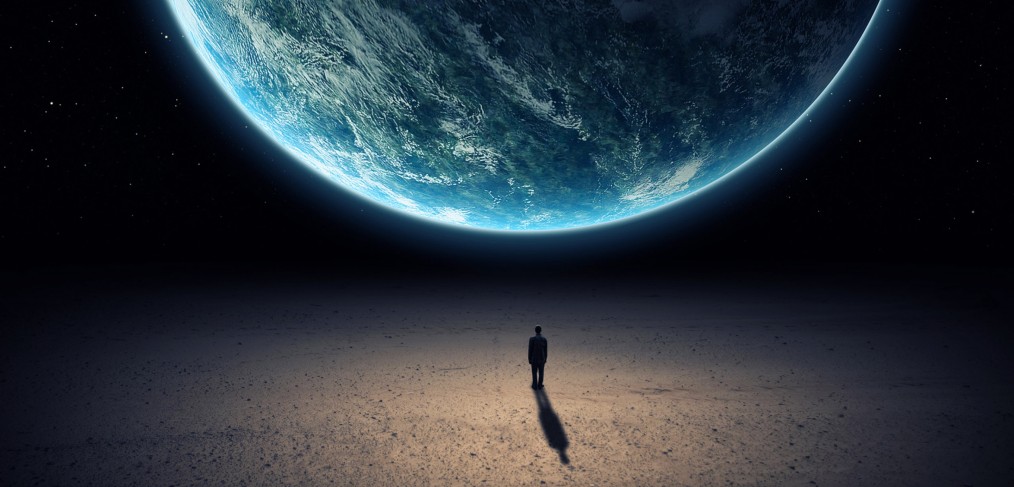Throughout the ages, there have been many who have had gotten a taste of incredibly mesmerizing higher states of consciousness. Rather than keep their experiential knowledge and wisdom about the higher and deeper elements of existence to themselves they spread the word to others, be it through spoken word, written works, or other methods.
Thanks to the sages, luminaries, spiritual teachers, thinkers and every-day people who had and shared their enlightening experience, we can ignite the light of expanded awareness of the higher and deeper aspects of the human experience and existence itself, within ourselves. When the future looks bleak and the motivation to excel and advance seems pointless, we can look to those who have lived and are still alive who possess that inner wisdom, realized through their own personal experiences of an enlightened state of awareness.
The transformational truths that such guiding lights to humanity express to us can raise our level of hope once more to the domain of energy that makes us more proactive. Reignited excitement and passion can drive us closer to the successes we imagined and dreamed would come true. We are all capable of incredible feats.
Ask yourself: is your state of mind stopping you from realizing that ‘realized life’ success story that you undoubtedly played within your head so many times before? Don’t let it stay a dream, let it become a reality. Living in the 21st century of our archaic timeline, we have the amazing opportunity to taste such consciousness-shifting words of wisdom.
Today we will take a look at 20 such enlightening truths from sages throughout the ages. Allow these timeless words nourish your mind, heart and soul.
Transformational Truth 1: Albert Einstein
A human being is a part of a whole, called by us a universe, a part limited in time and space. He experiences himself, his thoughts and feelings as something separated from the rest … a kind of optical delusion of his consciousness. This delusion is a kind of prison for us, restricting us to our personal desires and to affection for a few persons nearest to us. Our task must be to free ourselves from this prison by widening our circle of compassion to embrace all living creatures and the whole of nature in its beauty.
– Albert Einstein
Transformational Truth 2: The Digha Nikaya
You should be an island to yourself, a refuge to yourself, not dependent on any other but taking refuge in the truth and none other than the truth. And how do you become an island and a refuge to yourself? In this way. You see and contemplate your body as composed of all the forces of the universe. Ardently and mindfully you steer your body-self by restraining your discontent with the world about you. In the same way, observe and contemplate your feelings and use that same ardent restraint and self-possession against enslavement by greed or desire. By seeing attachment to your body and feelings as blocking the truth, you dwell in self-possession and ardent liberation from those ties. This is how you live as an island to yourself and a refuge to yourself. Whoever dwells in this contemplation, islanded by the truth and taking refuge in the truth–that one will come out of the darkness and into the light.
– The Digha Nikaya
Transformational Truth 3: Unknown
“Life is what you make it,” this is very true.
Find beauty and magic in all things,
and the Love that sees you through.
When you look at the world where you live,
seek not your gain, but what you can give.
When a man is poor, and hungers, and thirsts,
serve not yourself til you serve this man first.
When a man is down and seeks shelter from cold, give him shelter.
You’ll receive blessings untold.
Live by the Golden Rule:
Do unto others as you’d have done unto you.
And always remember:
When you destroy, you destroy a part of you, too.
Life is what you make of it!
– Unknown
Transformational Truth 4: Carlos Castaneda
Loving this world, seeing the beauty in everything.
Appreciating every moment as a beautiful, wholly contained,
pearl of eternal nature, this is the world to me.
A never ending string of pearls…. every moment is in and of it’s self a life time,
and when we have affection and let ourselves experience life without expectation…
that is when the majesty of the world opens her petals to us…
And welcomes us home.
– Carlos Castaneda
Transformational Truth 5: Max Heindel
We may liken truth to a mountain, and the various interpretations of that truth to different paths leading up to the summit. Many people are traveling along all of these paths and every one, while he is at the bottom, thinks his path is the only one; he sees only a small part of the mountain, and may therefore be justified in crying to his brothers, “You are wrong! Come over to my path; this is the only one that leads to the top.” But as all these people progress upward, they will see that the paths converge at the top and that they are all one in the ultimate.
– Max Heindel
Transformational Truth 6: Nisargadatta Maharaj
Stop attributing names and shapes to the essentially nameless and formless, realize that every mode of perception is subjective, that what is seen or heard, touched or smelled, felt or thought,expected or imagined, is in the mind and not in reality, and you will experience peace and freedom from fear.
– Nisargadatta Maharaj
Transformational Truth 7: Gautama Buddha
Do not believe anything
because it is said by an authority,
or if it is said to come from angels,
or from gods,
or from an inspired source.
Believe it only if you have explored it
in your own heart
and mind and body
and found it to be true.
Work out your own path,
through diligence.
– Gautama Buddha
Transformational Truth 8: Osho
Every man has his woman within him and every woman has her man within her. Only the meditator comes to know his whole being. Suddenly his inner woman and the inner man melt and merge into each other. That creates an orgasmic state in him. Now it is no more a momentary experience that comes and goes; it is something that continues, day in and day out, like the heart beating or breathing.
– Osho
Transformational Truth 9: Lao Tzu
When you find the way
Others will find you
Passing by on the road
They will be drawn to your door
The way that cannot be heard
will be reflected in your voice
The way that cannot be seen
Will be reflected in your eyes
– Lao Tzu
Transformational Truth 10: John Gray
When we experience the pain of another person, we instinctively want to take away that pain. But by taking away the other person’s pain, we also take away his or her opportunity to grow. To be truly compassionate, we must be able to share another person’s suffering and pain — knowing there is nothing we can do to relieve it and that we are not responsible for it, and yet knowing and understanding what that pain feels like.
– John Gray
Transformational Truth 11: David J. Lieberman
How people see the world is often a reflection of how they see themselves. If they think that the world is just a cesspool of lies and deceit, then they themselves may be full of lies and deceit. Watch out for those people who are always telling you just how corrupt the rest of the world is. As the saying goes, “It takes one to know one.”
– David J. Lieberman
Transformational Truth 12: Lao Tzu
Throw away holiness and wisdom,
and people will be a hundred times happier.
Throw away morality and justice,
and people will do the right thing.
Throw away industry and profit,
and there won’t be any thieves.
If these three aren’t enough,
just stay at the center of the circle
and let all things take their course
– Lao Tzu
Transformational Truth 13: Terence McKenna
Ego is a structure that is erected by a neurotic individual who is a member of a neurotic culture against the facts of the matter. And culture, which we put on like an overcoat, is the collectivized consensus about what sort of neurotic behaviors are acceptable.
– Terence McKenna
Transformational Truth 14: Ghandi
Keep your thoughts positive, because your thoughts become your words.
Keep your words positive, because your words become your behaviors.
Keep your behaviors positive, because your behaviors become your habits.
Keep your habits positive, because your habits become your values.
Keep your values positive, because your values become your destiny.
– Ghandi
Transformational Truth 15: Franz Hartmann
All the forms of Life in the Universe may be looked upon as being manifestations of the One and Universal Principle of Life in various forms; the whole of the Cosmos, being a product of the Universal Mind, may be regarded as universal, absolute consciousness becoming relative in separate forms. The universal consciousness of the Universal Mind forms spiritual centres of consciousness in living beings, whereby each being may feel and know its surroundings; and as the kind of living beings expands, their consciousness and power of sensation and perception expand with it; for all their powers belong to the mind. and not to the body: the latter without the mind is merely a form without life.
– Franz Hartmann
Transformational Truth 16: Bettie Eadie
If we understood the power of our thoughts, we would guard them more closely.
If we understood the awesome power of our words, we would prefer silence to almost anything negative.
In our thoughts and words we create our own weaknesses and our own strengths.
Our limitations and joys begin in our hearts.
We can always replace negative with positive.
– Bettie Eadie
Transformational Truth 17: Huang Po
Since time without beginning, the nature of Awakened Mind and Emptiness has consisted of the same, absolute non-duality of no birth or death, no existence or non-existence, no purity or impurity, no movement or stillness, no young or old, no inside or outside, no shape and form, no sound and color. Neither striving nor searching, one should not use intellect to understand nor words to express Awakened Mind. One should not think that it is a place or things, name or form. One should not think that it is a place or things, name or form. Only then is it realized that all Buddhas, Bodhisattvas and sentient beings possess the same natural state of great Nirvana.
– Huang Po
Transformational Truth 18: Dalai Lama
As human beings we all want to be happy and free from misery. We have learned that the key to happiness is inner peace. The greatest obstacles to inner peace are disturbing emotions such as anger and attachment, fear and suspicion, while love and compassion, a sense of universal responsibility are the sources of peace and happiness.
– Dalai Lama
Transformational Truth 19: John Lennon
There are two basic motivating forces: fear and love. When we are afraid, we pull back from life. When we are in love, we open to all that life has to offer with passion, excitement, and acceptance. We need to learn to love ourselves first, in all our glory and our imperfections. If we cannot love ourselves, we cannot fully open to our ability to love others or our potential to create. Evolution and all hopes for a better world rest in the fearlessness and open-hearted vision of people who embrace life.
– John Lennon
Transformational Truth 20: Sarah Ban Breathnach
Greet everyone you meet with a warm smile, no matter how busy you are.
Don’t rush encounters with coworkers, family and friends.
Speak softly. Listen attentively.
Act as if every conversation you have is the most important thing on your mind today.
Look your children and your partner in the eyes when they talk to you.
Stroke the cat, caress the dog.
Lavish love on every living being you meet.
See how different you feel at the end of the day.
– Sarah Ban Breathnach
www.choki.org
Follow us on Facebook!
Follow us on Pinterest!
Author: Paul Lenda / Wake Up World
